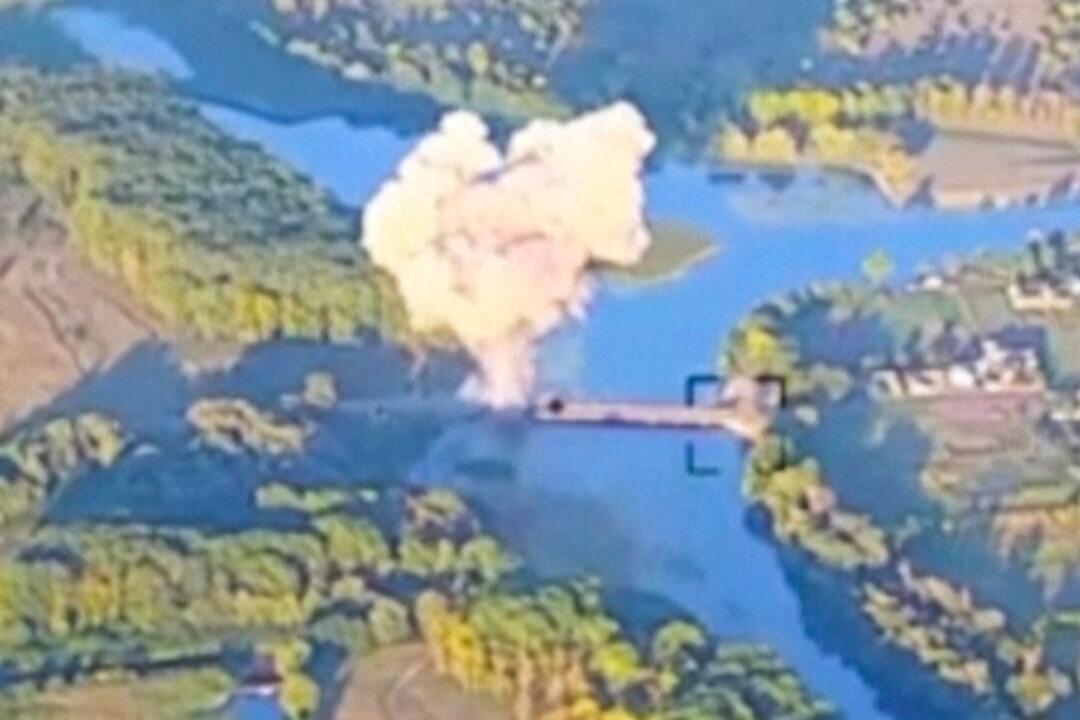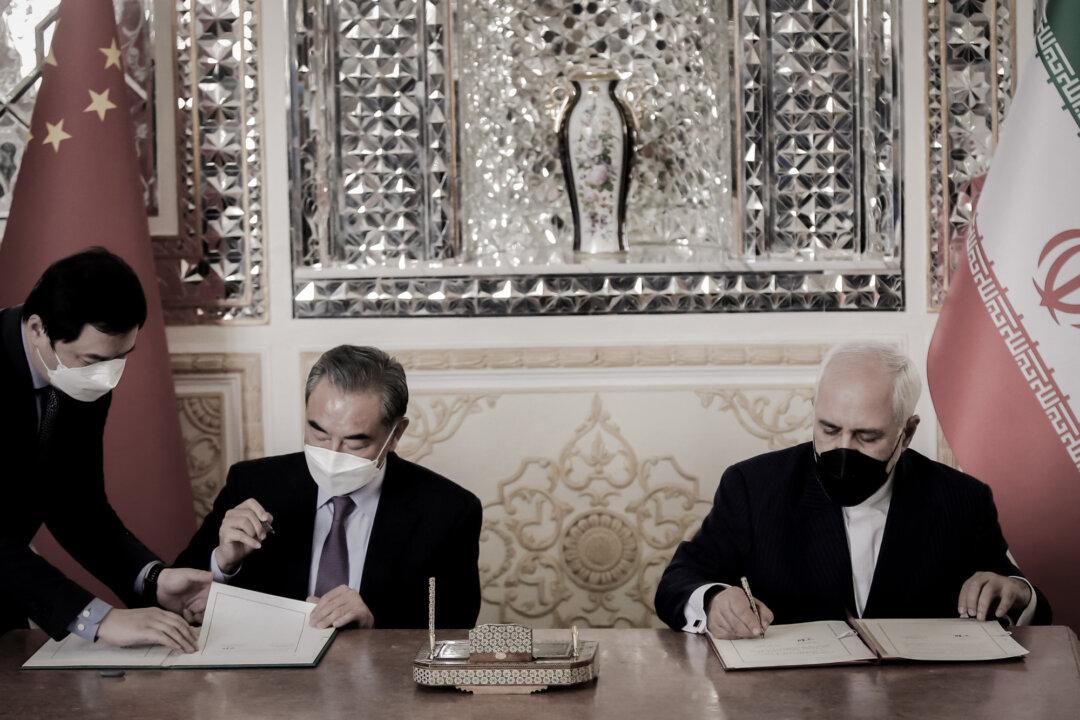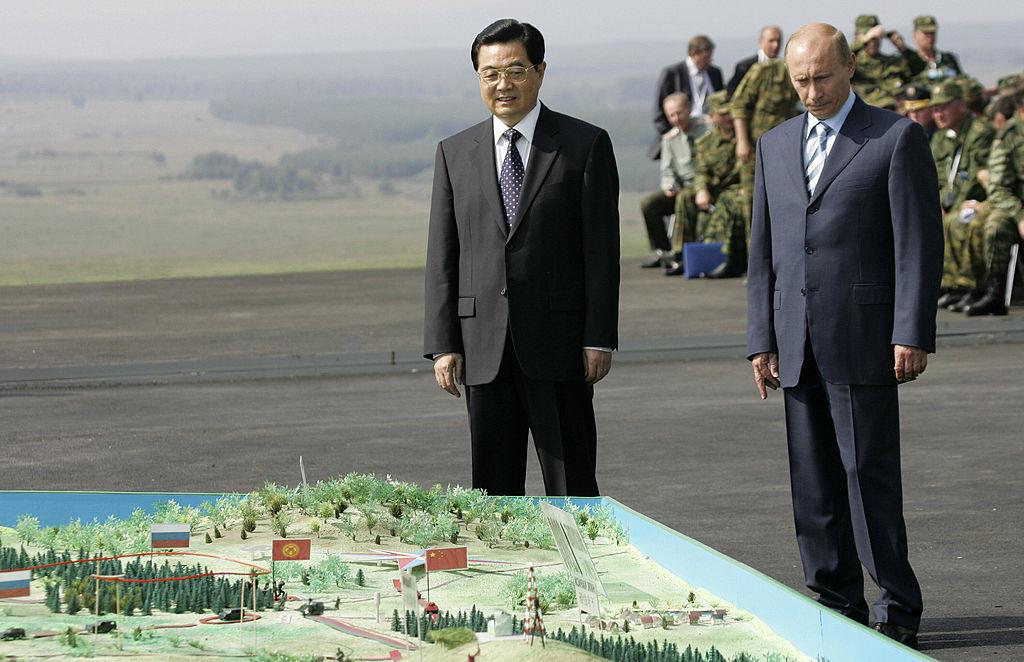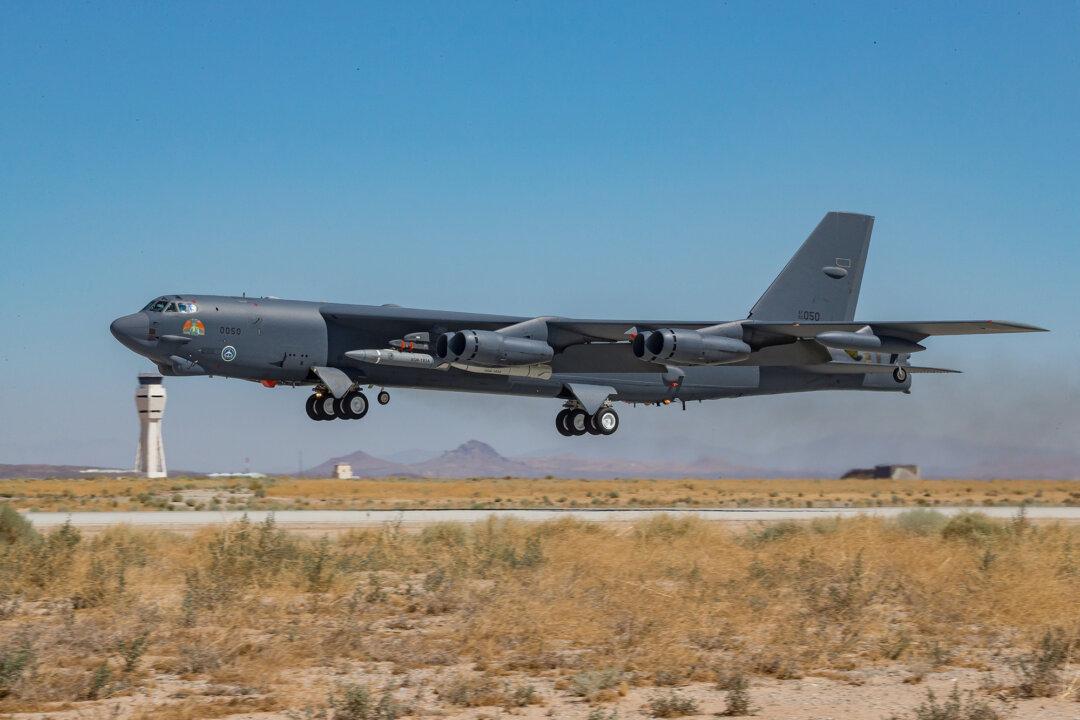Commentary
Reports began appearing of Ukrainian forces penetrating Russian border defenses on Aug. 6 in the Kursk Oblast. As is usual in fast-moving combat operations, the scale and intent of the operation was unclear, but as of Aug. 15, the operation continued, and it appears to be growing into a larger-scale campaign that is having a significant impact on the entire Ukraine theater of conflict.





